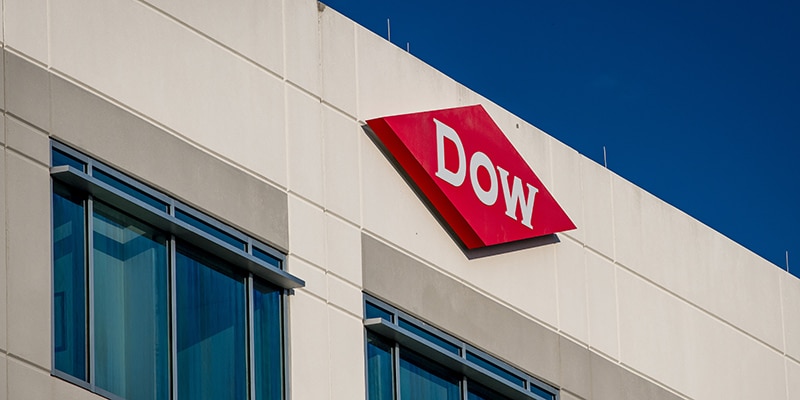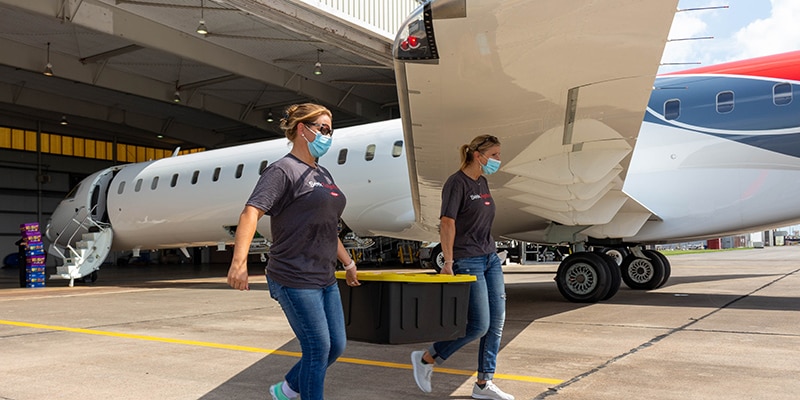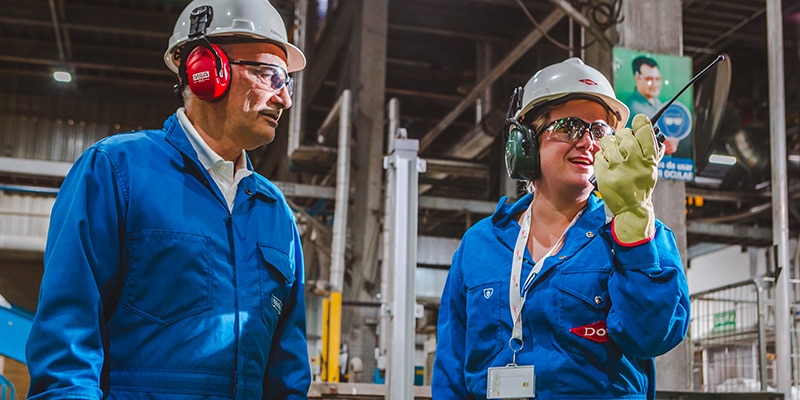
The Post-War Boom
From TV to Tokyo, Dow Tackles New Territory
When Leland I. “Lee” Doan, son-in-law of H.H. Dow, took over as president of The Dow Chemical Company in 1949, the postwar world was rapidly evolving. One of Doan’s first tasks was to reorganize the Company and oversee its diversification and expansion. As wartime production gave way to a peacetime economy, residential construction boomed. By 1960, 62 percent of Americans owned their own homes. As the consumer economy grew, so did the demand for household products. Dow, a company accustomed to selling its products to other companies, recognized the opportunity and soon developed a wealth of products fit for mass consumption, from Styron refrigerator shelves to Saran Wrap®. During this same period, Dow was investing in new opportunities overseas. In 1962, Herbert “Ted” Doan succeeded his father as president. By 1964, Dow sales exceeded $1 billion for the first time and reached $2 billion in 1971, less than a decade later.
Dow’s First Consumer Product Hits Grocery Shelves
“We have reached the final step in the buyer-seller relationship, that of marketing a product directly to the consumer, and with it, the necessity of reaching out directly to millions of American people.”
– Leland I. Doan
The original Saran Wrap® was an ugly duckling. Green in color and oily, it was developed by Dow during World War II for the U.S. Army, which had asked for a cheap material to wrap equipment to be moved from ship to shore. In the postwar period, Dow researchers further developed the material into a clear, transparent film, and it soon became apparent how useful it could be in the kitchen as well as industry. Recognizing this, two enterprising Dow employees asked for permission and began packaging the film at their homes into household-size rolls from big industrial rolls. They called it “Clingwrap” and sold it to Midland housewives. It was an instant hit, and by 1953, Saran Wrap® – the Company’s first consumer product – was launched nationally.
Dow soon realized selling train cars of caustic soda was a lot different than selling Saran Wrap® off store shelves. To gain name recognition, Dow sponsored a television show, Medic, on NBC. In the early days of television, a sponsor often purchased an entire program. The series was the hit of the 1954 fall season and broke new ground by dramatizing medical cases on TV for the first time. When unveiling the show to media, community leaders, medical leaders and food brokers, Lee Doan noted: “We have reached the final step in the buyer-seller relationship, that of marketing a product directly to the consumer, and with it, the necessity of reaching out directly to millions of American people.”
Later in the year, Doan traveled to New York to accept a Sylvania TV Award honoring the show as “the outstanding program on TV.” The award-winning show helped make Saran Wrap® a household name. By 1958, 200 million rolls of Saran Wrap® had been sold – enough to wrap around the globe 38 times. Dow followed Saran Wrap® with other household products such as Ziploc® bags in 1968, and Dow Bathroom Cleaner, which was promoted through TV commercials in the 1970s of animated scrubbing bubbles that proclaimed: “We clean so you don’t have to.”
Not all products, however, were commercial winners. The Company also ventured into producing an acrylic fiber called “Zefran,” and opened a site to manufacture the fluffy synthetic fibers in 1958 near Williamsburg, Virginia. Although a technical success for its good dyeability and resistance to rot, the fabric never caught on, and Dow soon sold its interest.
During his tenure, Lee Doan built a larger sales force trained to become market and production analysts and serve Dow’s industrial customers. He also invested in an expansion program focused on plastics and invested in plants outside of Midland and Texas. Doan’s goal was to build new plants as near as possible to the consumers of the plants’ products, avoiding the risks associated with a too-great concentration of resources in the older divisions. After his retirement, his son, Ted, became president, and Dow became the fastest-growing and most profitable chemical company, passing Union Carbide and Monsanto to become DuPont’s closest rival. It was during Ted Doan’s tenure that Dow bought Pitman-Moore, a company in the animal health and human vaccine business. In 1965, Dow manufactured the “one-shot” measles vaccine, which helped eliminate the need for multiple injections to get immunity. The Company also was looking overseas for new markets.
Global Expansion
After World War II, Dow’s export department in Midland consisted of only an export sales manager and two salesmen – each of whom divided the world between them. This soon changed in the 1950s, as Dow gradually evolved from a domestic company into an international operation. In the early 1950s, the Company began to emphasize foreign sales with the formation of Dow Chemical Inter-American, responsible for trade in Latin America, and Dow Chemical International, responsible for trade in all other parts of the world. In 1952, Dow entered into a joint venture to form its first overseas subsidiary, Asahi-Dow Limited in Japan, where it developed into a major supplier of plastics for the nation. Other ventures, from Europe to Asia to South America, developed as opportunities arose. Dow opened trade offices in Zurich, Hong Kong, Brussels and Montevideo, among other locations.
Dow soon discovered that the building of plants in foreign countries stimulated demand. In Europe, the Company invested in plants to produce plastics in Greece, Germany, Italy and Spain. The most ambitious investment was the building of a chemical complex at Terneuzen, The Netherlands, which was dedicated in 1965. During this same period, Dow was also building plants in New Zealand, Argentina and Colombia.
To help manage these far-flung global operations, Dow managers met in 1965 and decided it was time to decentralize the Company. The decision was made to put a local headquarters on each continent to administer the Company’s business there. The leaders also approved the creation of technology centers. Dow Europe was established on January 1, 1966, and Dow Latin America and Dow Pacific became divisions effective July 1, 1966. By 1969, technology centers had been established for 33 of Dow’s key products.
Dow: An International Company
Today, Dow is one of the world’s leading materials science companies, serving customers in high-growth markets such as packaging, infrastructure, mobility and consumer applications. The Company's global breadth, asset integration and scale, focused innovation, leading business positions and commitment to sustainability enable it to achieve profitable growth and help deliver a sustainable future. While global reach has taken decades to build, Dow now operates manufacturing sites in 30 countries to deliver materials science solutions around the world.
®Saran Wrap and Ziploc and logos are trademarks of S.C. Johnson and Son Inc.
™STYRON is a trademark of Trinseo S.A. or its affiliates
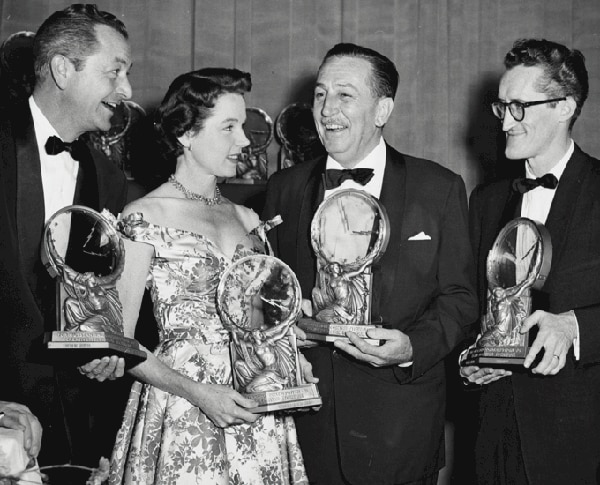
Sylvania TV Award for Medic, 1954
Pictured far right, James Moser, creator-writer of the Medic TV show, joins actor Robert Young, actress Jane Wyatt and Walt Disney at the 1954 Sylvania TV Awards ceremony. Medic, sponsored by Dow, won for “outstanding TV program.” Photo credit: Dow Chemical Historical Image Collection, Chemical Heritage Foundation Archives
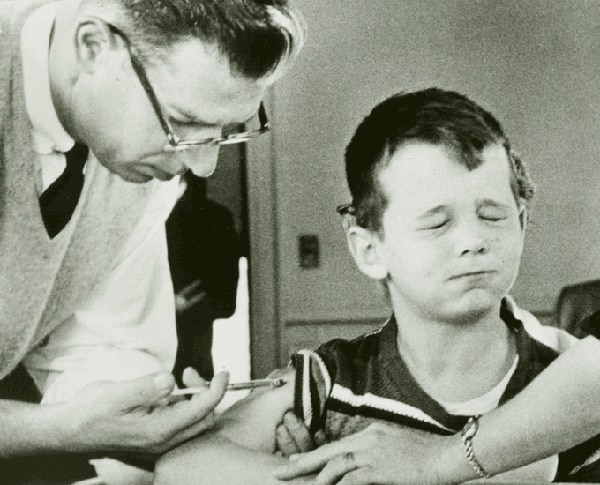
Dow One-Shot Measles Vaccine, 1968
The Lirugen “one-shot” measles vaccine, developed by Pitman-Moore, a division of Dow, was licensed in 1965. It caught on quickly as it caused fewer reactions and did not require two shots – a shot of gamma globulin in one arm and the measles vaccine in the other. Photo credit: Dow Chemical Historical Image Collection, Chemical Heritage Foundation Archives
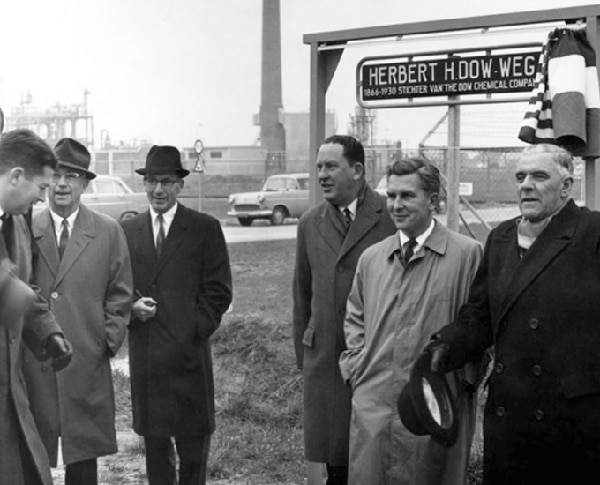
Dow Terneuzen Plant, 1964
Dow Terneuzen is the second largest production site of Dow globally. When built, the street leading up to Dow’s Terneuzen plant was named for founder Herbert H. Dow. Present at the naming, left to right: Zoltan Merszei, president of Dow Europe; Alden B. Dow, Ted Doan, Terneuzen Burgomaster H. Rypstra; Herbert H. Dow II and A.F.C. de Casembroot, Queen’s Commissioner for Zeeland. Photo credit: Dow Terneuzen historical collection
Contact us
Have a question or need more information about Dow Corporate? We have multiple ways to help you get the answers you need.



